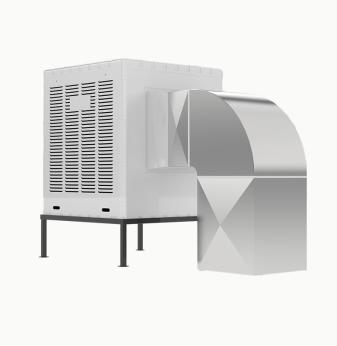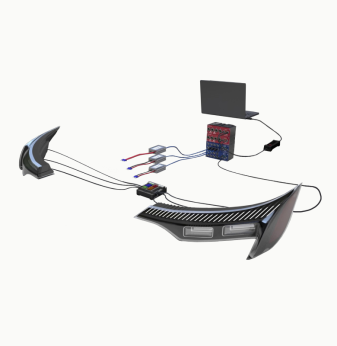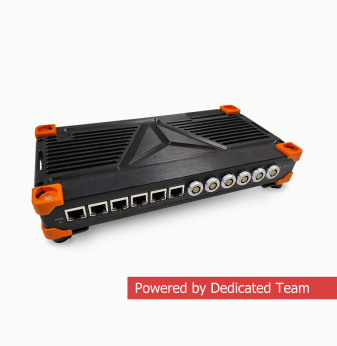Why Sustainable Embedded Design Matters
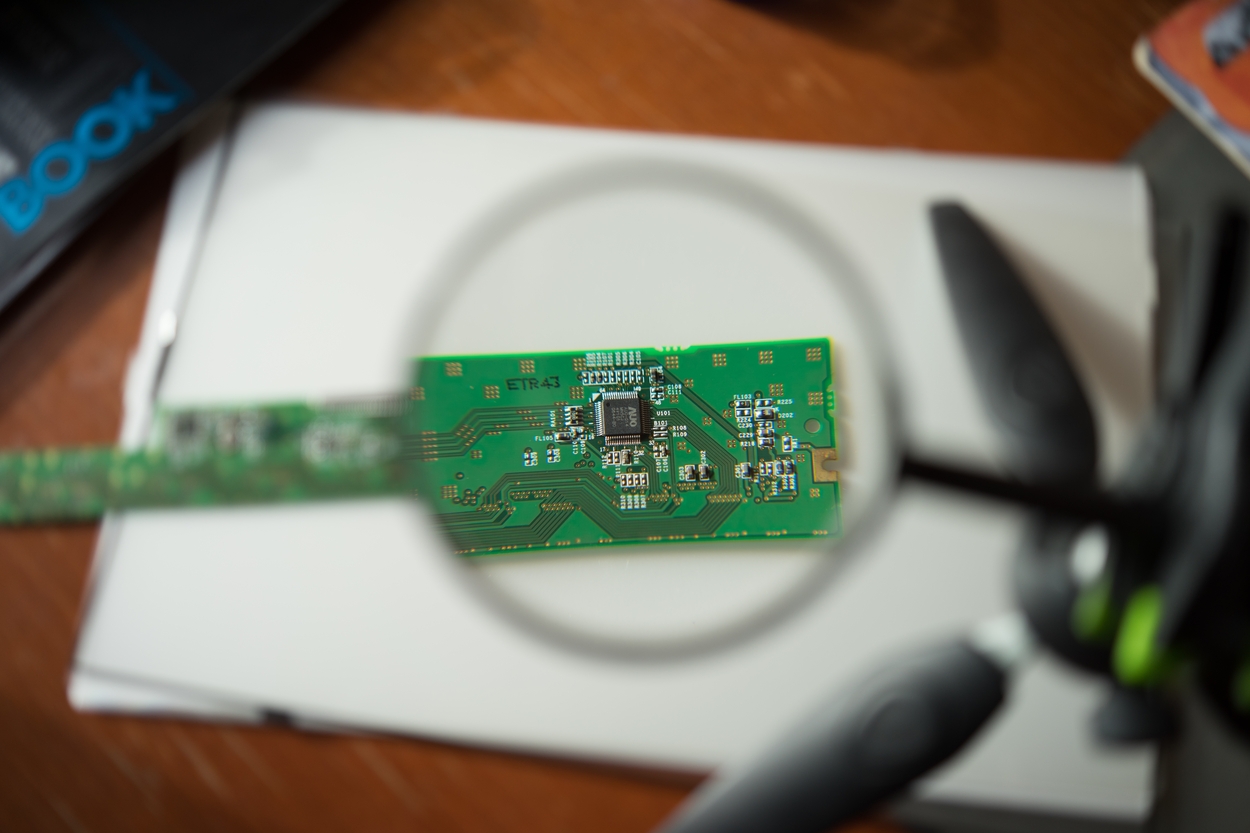
As global electronics consumption surges, the issue of e-waste is becoming a critical concern. According to the Global E-waste Monitor, the world generated over 59.4 million metric tons of e-waste in 2022 alone, with only 17.4% formally recycled. Embedded systems, present in nearly every smart device and industrial system, play a major role in this equation.
Designing with sustainability in mind isn't just about compliance or marketing—it's a core responsibility for engineers. The circular economy model offers a powerful framework for creating embedded devices that are not only high-performing but also environmentally responsible.
Core Principles of Circular Economy in Electronics
The circular economy aims to keep resources in use for as long as possible. Applied to embedded systems, this involves:
- Designing for Durability: Extending the lifespan of embedded devices through robust hardware and modular software.
- Repairability: Ensuring that parts can be easily replaced or upgraded.
- Reuse and Refurbishment: Supporting second-life uses and refurbishment markets.
- Recyclability: Selecting materials and components that can be efficiently recovered at end-of-life.
- Resource Efficiency: Minimizing the use of rare earth elements and energy-intensive processes.
Engineering Strategies for Sustainable Embedded Systems
| Design Goal | Engineering Action |
| Long Product Life | Use of high-quality components and extended support for software updates |
| Repairability | Modular PCBs, socketed components, open documentation |
| Low Environmental Impact | Energy-efficient processors, low-power modes, eco-friendly materials |
| Recycling Readiness | Use of standard fasteners, minimal adhesive, component labeling |
| Upgrade Paths | Firmware over-the-air updates, pluggable modules, replaceable batteries |
Material and Component Selection
- Avoid materials that are difficult to separate or hazardous (e.g., brominated flame retardants).
- Choose PCBs with halogen-free laminates.
- Use recyclable plastics such as PET or bioplastics.
- Label plastic parts per ISO 11469 for sorting.
Firmware and Software Considerations
- Modular architectures allow functionality upgrades without full device replacement.
- Open-source firmware encourages community support and extended lifecycle.
- Secure OTA updates reduce the need for physical recalls.
Case Studies and Industry Adoption
- Fairphone: Known for modular smartphone design and open hardware/software policies.
- iFixit Repairability Index: Promoting design transparency with user repair guides.
- Dell & HP: Many enterprise devices now include easy-access components and standardized screws.
- European Right to Repair legislation: Driving industry-wide shifts in product design requirements.
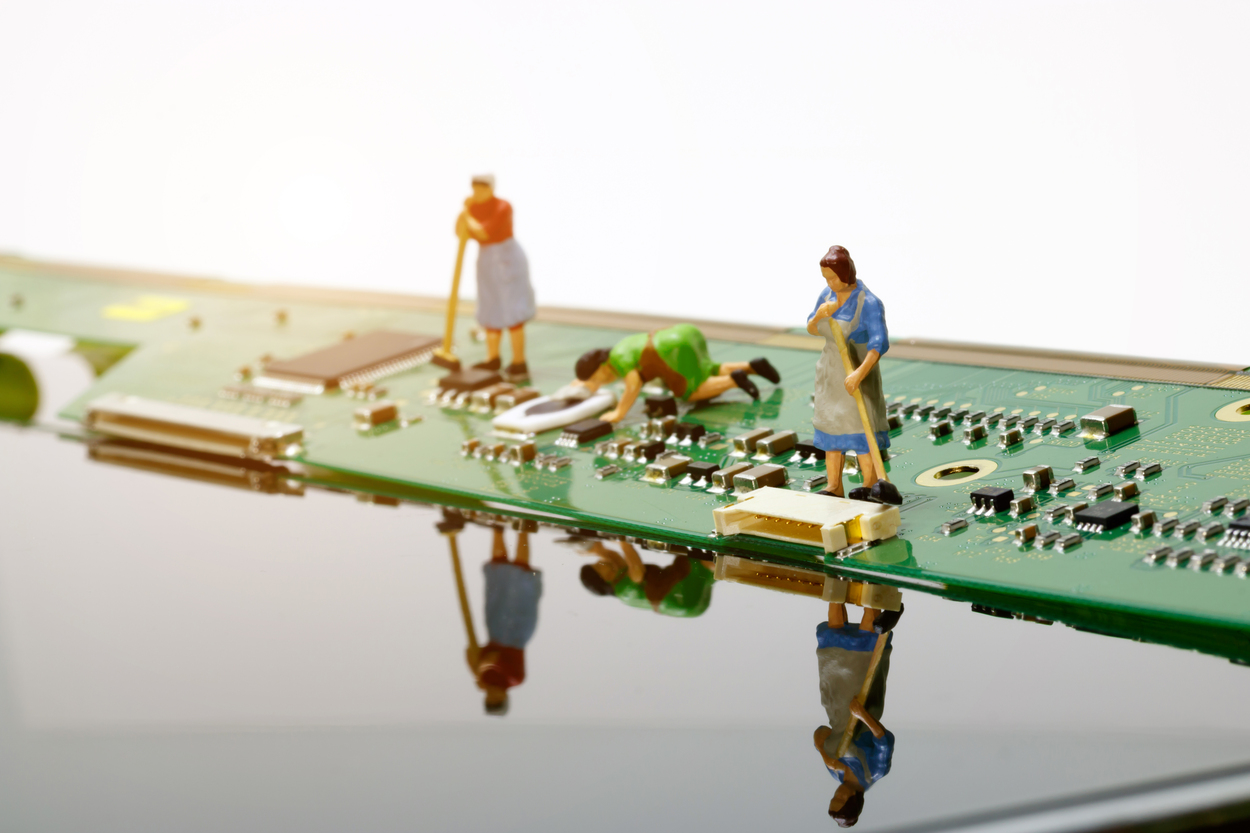
Circular Economy in Industrial and IoT Devices
In industrial automation, where devices often operate for decades, circular principles mean:
- Backward-compatible firmware for older controllers
- Easily swappable modules (e.g., I/O boards, sensor heads)
- Use of standardized enclosures and cabling
Challenges and Trade-Offs
- Cost: Durable and modular components can increase initial BOM.
- Size Constraints: Repairable designs may increase form factor.
- Security vs. Openness: Open firmware can conflict with IP protection.
- Supply Chain Limitations: Recyclable components may not be widely available in all regions.
Expert Insights and Emerging Trends
According to Ellen MacArthur Foundation, designing out waste at the product level can reduce up to 80% of a product's environmental impact. Meanwhile, IEEE surveys show that over 65% of embedded engineers are actively exploring energy- and resource-efficient design practices.
A trending discussion on Reddit's r/embedded suggests growing interest in shared firmware ecosystems, where older hardware can benefit from newer software modules—improving reuse and longevity.
Best Practices for Engineers
- Incorporate recyclability metrics during the design phase.
- Advocate for open repair documentation.
- Align embedded software lifecycle with hardware support timelines.
- Design with reverse logistics in mind (disassembly, recovery).
- Collaborate with material scientists on sustainable substrates.
Conclusion
Embedded systems are not immune to the sustainability challenge. By embracing circular design principles, engineers can create embedded hardware and software that respects planetary boundaries, supports business resilience, and aligns with the growing demand for responsible technology. At Promwad, we help clients develop next-generation electronics that integrate repairability, recyclability, and energy efficiency from the ground up.


